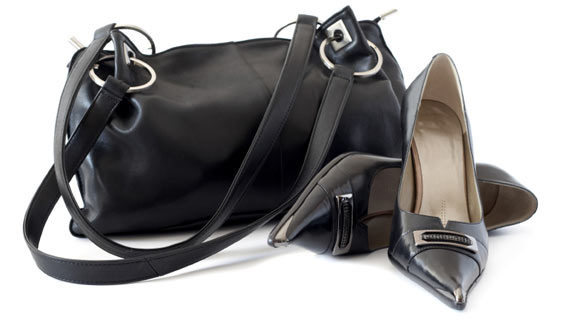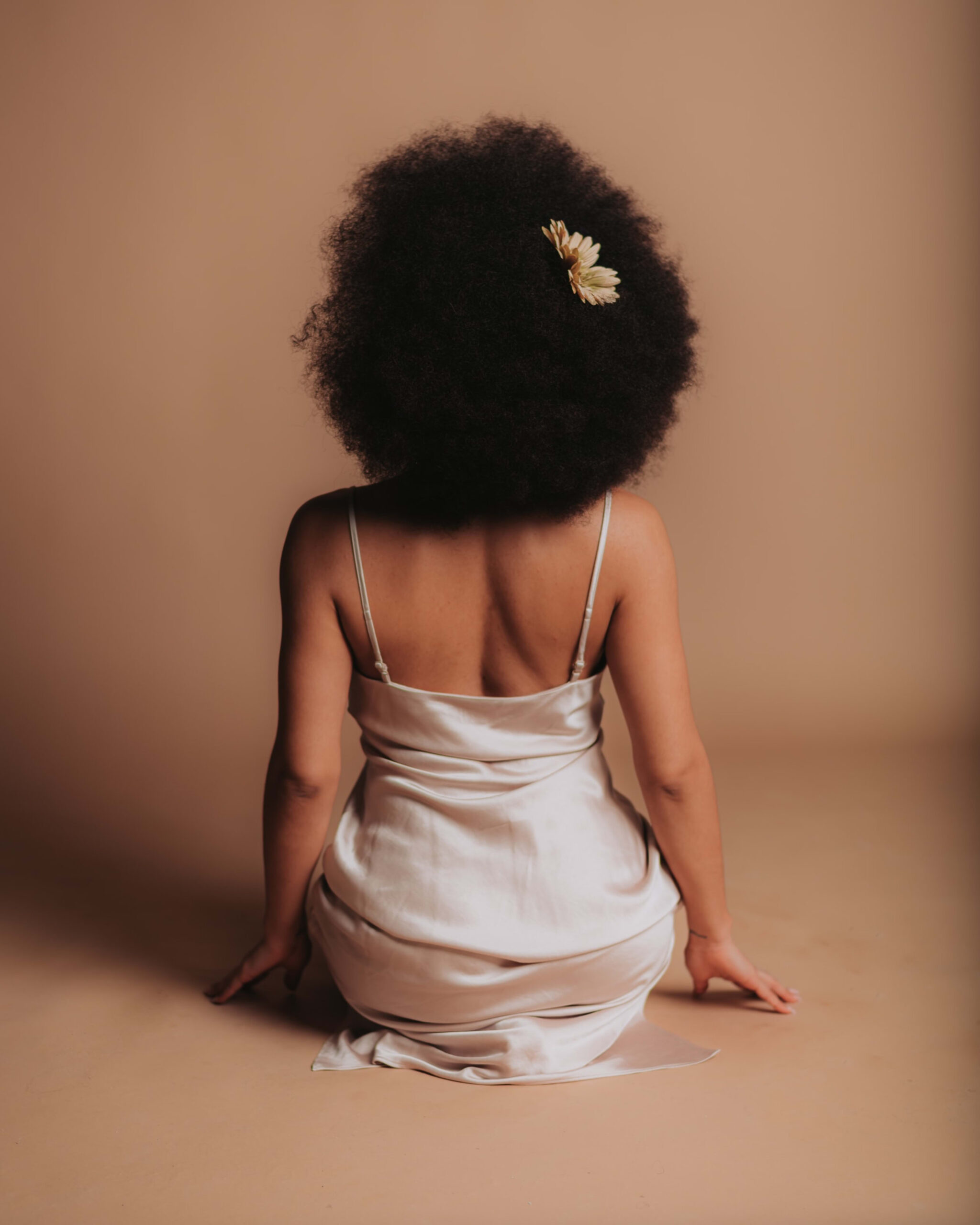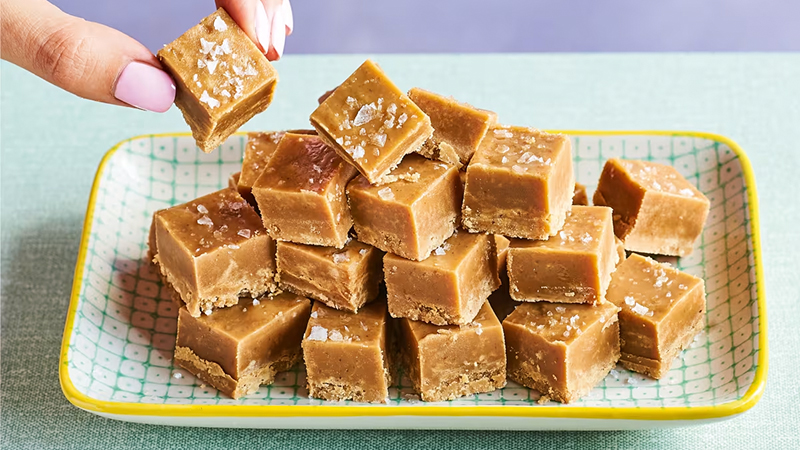Handbags and heels put a spring in your step, but does the planet prefer leather or vinyl?
Handbags and heels put a spring in your step, but does the planet prefer leather or vinyl?
It may seem like a no-brainer: supple, warm, durable leather is certainly the traditional choice. But when two pairs of vinyl shoes go for $20 and bright handbags fill the chain stores, the faux fabric is hard to resist. Before we fill our wardrobes with accessories for every outfit, maybe we should take a closer look at what our shoes and bags are made from.
Leaving aside the fact that it’s an animal’s skin—because really, that either bothers you or it don’t—leather’s got problems. I’ll spare you the gory details, but the tanning process by which a living skin becomes a non-decomposing textile involves some gnarly chemicals and gruesome waste (in short: cow fat). All steps in the process create effluent, and the wastewater from tanneries is an eco-crime waiting to happen.
In New Zealand, strict rules control tannery waste discharges. But most of the leather we buy is tanned overseas using chromium and other toxic chemicals. The lead, cyanide and formaldehyde found in the ground near tanneries threaten human health. Where effluent is discharged into water, animal fat can clag up water treatment systems or form a skin that chokes fish and plant life. Salts used in the curing process can make water undrinkable.
That’s on top of the usual cow-related problems: a lucrative byproduct of cattle farming, leather will wear a share of the carbon divvy-up when farmers are eventually called to account for the emissions of their cows.
If you’re staring at your beloved leather handbag wishing you hadn’t just read all that, join the club. The good news—if you can call it that—is that vinyl, the main alternative to leather bags and shoes, ain’t so great either. The manufacture of vinyl, or polyvinyl chloride (PVC), creates one of the world’s most toxic substances: dioxin, seriously evil stuff for both humans and the environment. Additives such as phthalates are also used to make PVC soft and flexible, and since they’re not chemically bonded to the PVC, they can leach out. Lead somehow sneaks out too: this year the US Center for Environmental Health found lead in vinyl handbags at levels 90 times higher than the limit for lead paint.
It would take a full lifecycle analysis to tell us whether tanning pollutants are worse per handbag than dioxins from vinyl, but since no one has yet crunched the numbers it’s fair to say that the manufacturing processes of both leather and vinyl seem about as bad as each other—unless you’re still upset about the dead cow.
That leaves the rest of us deciding which is better based on end-use. Here, leather strides into the lead. Leather bags can be re-stitched and shoes re-soled by a cobbler—or re-sold if they’re good quality. Leather goods can last a lifetime, although if you do throw leather away, it’ll eventually biodegrade.
Vinyl is not as fit-for-purpose as leather: vinyl shoes don’t keep feet warm, and vinyl handbags tear easily. Plus, dioxin isn’t just created in the manufacture of PVC, but also when it’s disposed of. If it’s burnt, PVC forms around 100 toxic compounds, including hydrogen chloride gas and dioxin.
The truly good news is that it’s entirely possible to avoid the whole thorny issue. Second-hand shoes might be a bit whiffy, but there are plenty of vintage handbags about. When buying new, consider canvas, microfibre or hemp; look for products made from vegetable-tanned leather; or go for brands that claim to be eco-friendly … then ask lots of questions to make sure they really are.
Some good labels to look out for include: Terra Plana (shoes), Simple (shoes), Veja (shoes), Terrasoles (shoes), Nancybird (bags), Minnie Cooper (shoes and bags; most made from New Zealand-tanned leather) and Saben (bags; some collections include vegetable-tanned leather). And remember, you’re not Carrie Bradshaw: buy rarely and buy well, for lifelong accessories you utterly adore.





